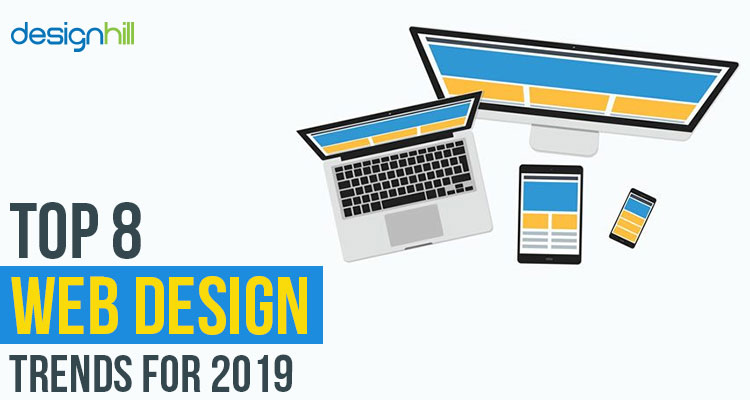The Development Of Web Site Layout: From Earlier Times To Now
The Development Of Web Site Layout: From Earlier Times To Now
Blog Article
Material By-Kahn Bojesen
In the past, internet sites were straightforward and concentrated on details. Navigation was direct, and layout was for desktop computers. Now, individual experience is key. Information overviews layouts for simple navigating. Responsive layouts fit various gadgets. Today, dark setting reduces stress, and minimal food selections enhance navigating. Interactive attributes involve individuals, and bold visuals stand apart. AI integration boosts engagement. See just how design has developed to enhance your on-line trip.
Very Early Days of Web Design
In the early days of website design, simplicity preponderated. Websites were fundamental, with restricted colors, font styles, and formats. The emphasis got on supplying details instead of showy visuals. Individuals accessed the net through sluggish dial-up connections, so rate and performance were essential.
https://lorenzogmswd.vblogetin.com/32467756/investigating-the-effects-of-blank-area-in-website-design-setups were straightforward, usually situated at the top or side of the web page. Web sites were designed for home computer, as mobile surfing had not been yet common. Web content was king, and developers prioritized easy readability over complex style elements.
HTML was the key coding language used, and developers needed to function within its restrictions. Animations and interactive functions were minimal contrasted to today's requirements. Internet sites were fixed, with little dynamic web content or personalized individual experiences.
Rise of User-Focused Style
With the advancement of web site style, a shift in the direction of user-focused layout concepts has come to be significantly famous. Today, producing internet sites that prioritize user experience is crucial for involving visitors and attaining organization goals. User-focused layout involves comprehending the demands, choices, and habits of your target market to tailor the internet site's format, web content, and features as necessary.
Developers currently conduct extensive research, such as individual surveys and usability screening, to collect understandings and feedback straight from users. This data-driven approach helps in developing user-friendly navigating, clear calls-to-action, and visually appealing user interfaces that resonate with visitors. By positioning the individual at the facility of the layout process, internet sites can provide a much more customized and pleasurable experience.
Responsive layout has actually additionally become a key facet of user-focused layout, ensuring that sites are optimized for various devices and screen dimensions. This adaptability boosts access and functionality, accommodating the diverse means customers connect with web sites today. Fundamentally, the increase of user-focused style symbolizes a change in the direction of creating digital experiences that focus on the demands and assumptions of the end user.
Modern Trends in Website Design
Explore the most recent trends forming website design today. One prominent pattern is dark setting design, providing a streamlined and modern appearance while reducing eye pressure in low-light atmospheres. An additional crucial fad is minimal navigating, simplifying menus and enhancing user experience by focusing on essential elements. Integrating micro-interactions, such as computer animated buttons or scrolling effects, can develop a much more interesting and interactive internet site. Continue Reading continues to be important, ensuring seamless customer experiences throughout numerous devices. Additionally, utilizing strong typography and asymmetrical layouts can include aesthetic interest and accentuate certain material.
Incorporating AI innovation, like chatbots for customer assistance or customized referrals, boosts customer involvement and simplifies procedures. Accessibility has also become a substantial pattern, with developers prioritizing inclusive design practices to satisfy varied customer requirements. Embracing sustainability by optimizing internet site performance for speed and effectiveness is one more emerging fad in web design. Working together with customer feedback and information analytics to repeat and enhance design continually is vital for staying relevant in the ever-evolving electronic landscape. By embracing these modern patterns, you can create an aesthetically appealing, easy to use website that reverberates with your audience.
Final thought
As you assess the advancement of internet site style from the very early days to now, you can see how user-focused design has actually come to be the driving force behind modern fads.
Welcome the journey of change and adaptation in website design, constantly maintaining the individual experience at the forefront.
Remain current with the latest trends and technologies, and never ever stop developing your approach to produce visually magnificent and straightforward internet sites.
Evolve, adapt, and develop - the future of web design remains in your hands.
